Investigate if evaporation can be reduced by covering a body of water with a hands on Evaporation Experiment.
Cover to Conserve! Changes in Matter Inquiry Activity
Get ready to engage your students like never before with brand new inquiry activities for use when teaching matter and how it changes. This year, we’re excited to help you liven up your lessons with an engaging, hands-on inquiry activity in which your students will seek to find out how using a cover helps prevent evaporation and promotes the conservation of matter.
Does Covering a Water Source Prevent Evaporation?
This engaging science experiment encourages students to investigate how Aboriginal peoples in Australia used to cover their water sources in hopes of conserving them and whether those attempts were successful. To complete this activity, students are introduced to the topic with the following scenario:
Heating a liquid can cause it to vaporise and become a gas. For water, this process is called evaporation. Indigenous peoples of North America were aware of this and would cover their wells and water sources in an attempt to conserve their water supply. Would this actually work? Let’s investigate!
To complete the experiment, students will
- Complete the Test Design and Hypothesis sections of the experiment worksheet.
- Fill each container with one cup of water. Record the precise measurement in the Results section.
- Place the sheet of paper on top of one of the containers so that it is covered.
- Place both containers in direct sunlight. For the best results, choose a position that will remain sunny for a long period of time.
- Record the time in the Results section.
- Check the containers again after a period of time, e.g. one hour.
- Record the volumes of the containers and how long they have been observed. Conduct additional observations throughout the day.
This download includes an instruction guide, planning documents, and reflection opportunities for students to complete after their observations.
Download and Print!
This resource is available as a printable PDF and a fully editable Google Slides version. To get your copy, click the dropdown arrow on the download button and select your preferred file.
Looking for more? Check out these printable resources to continue learning about changing states of matter.
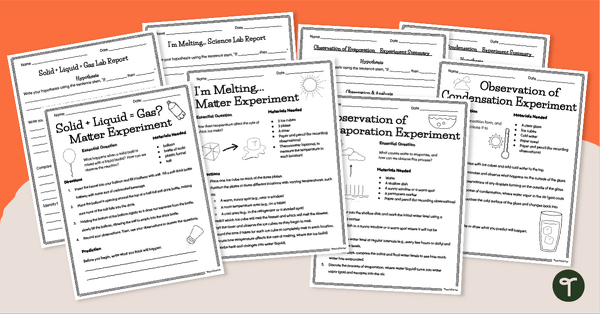
teaching resource
States of Matter Science Lab Activity Pack
Discover the states and changes of matter with a printable pack of Science Lab Activities for Kids!
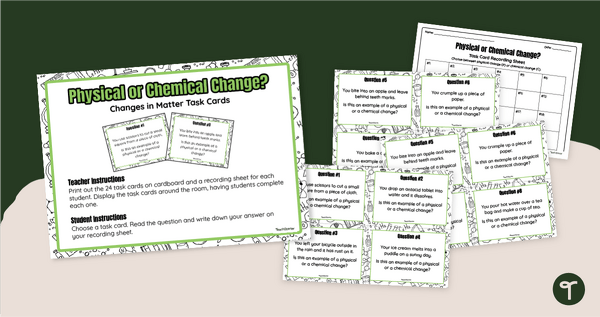
teaching resource
Physical or Chemical Change? - Task Cards
Identify examples of physical and chemical changes in matter with a set of printable task cards.
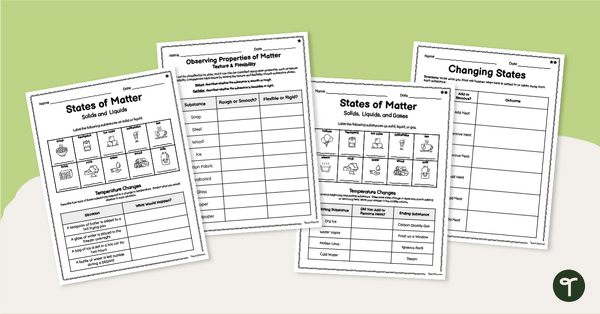
teaching resource
Differentiated Properties and Changes in Matter Worksheets
Reinforce your students' understanding of the properties of matter and changes in state with a set of printable differentiated Matter Worksheets.
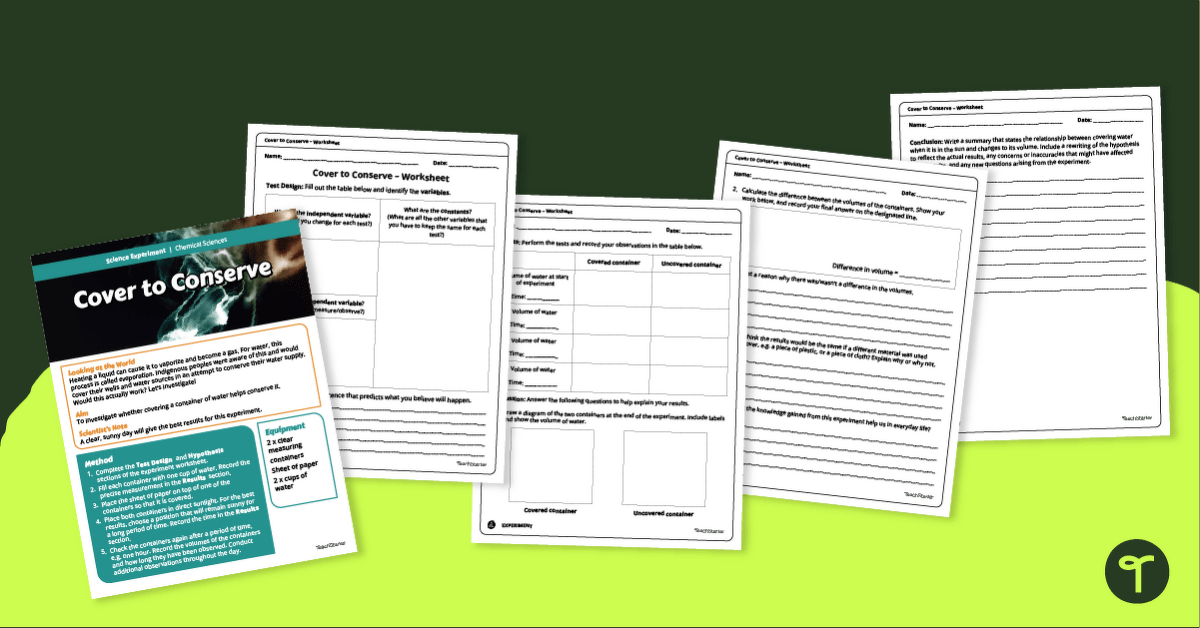
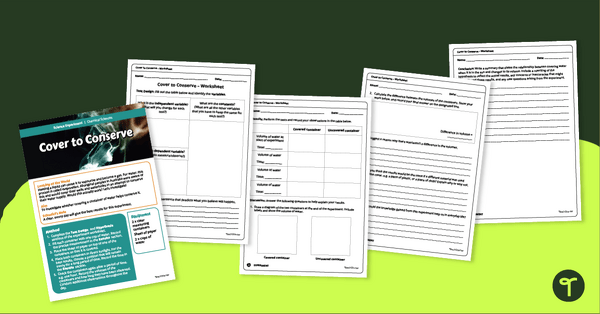

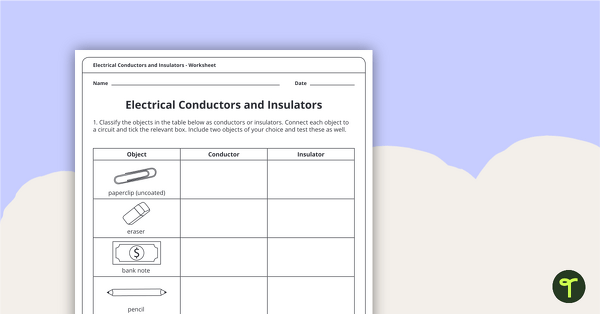
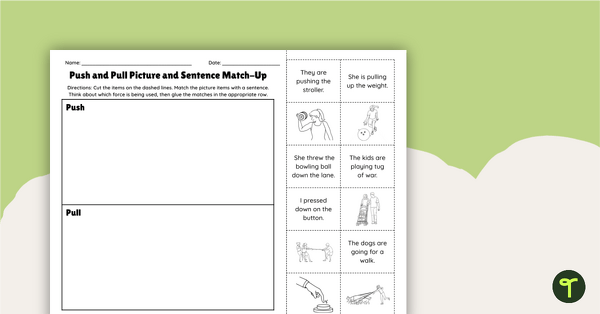
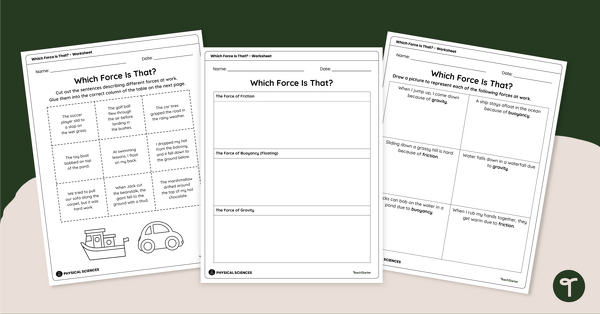
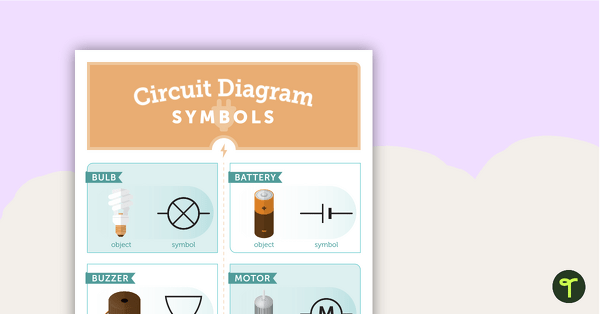
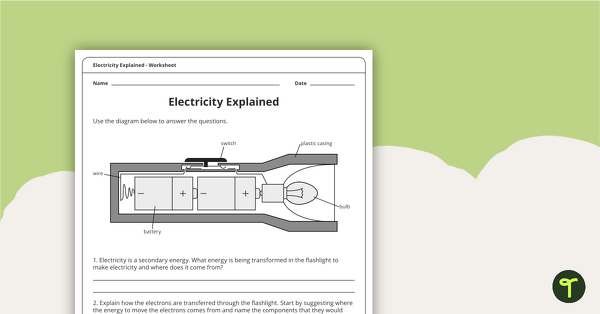

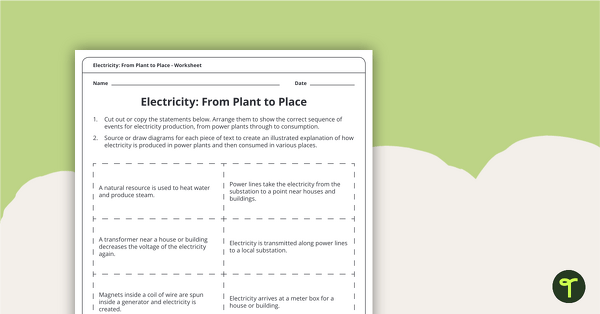

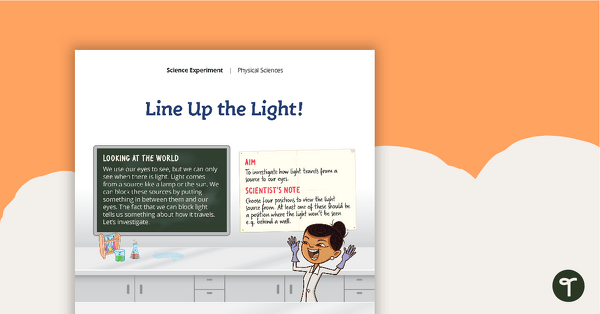
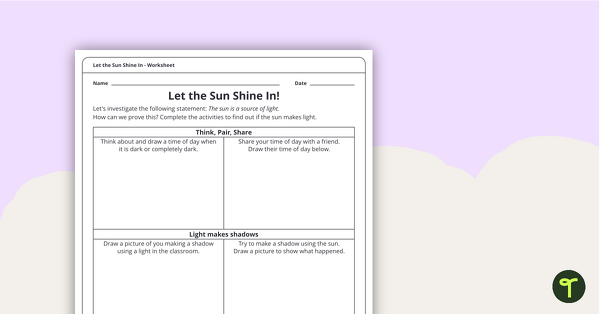
0 Comments
Write a review to help other teachers and parents like yourself. If you'd like to request a change to this resource, or report an error, select the corresponding tab above.